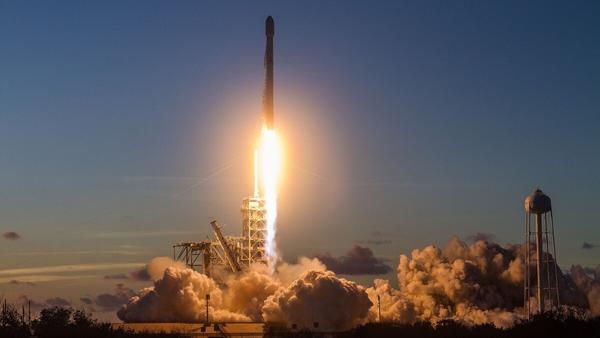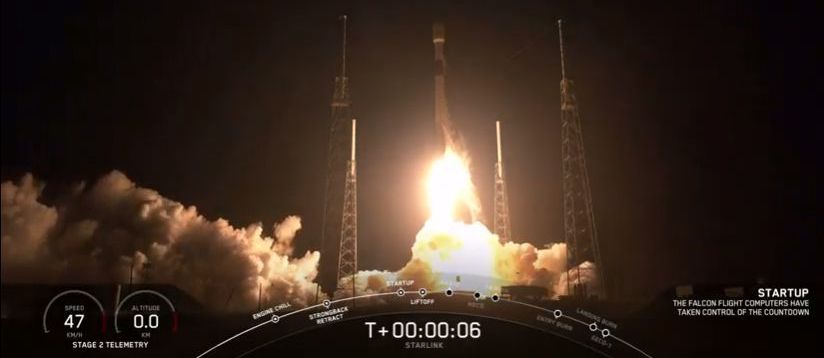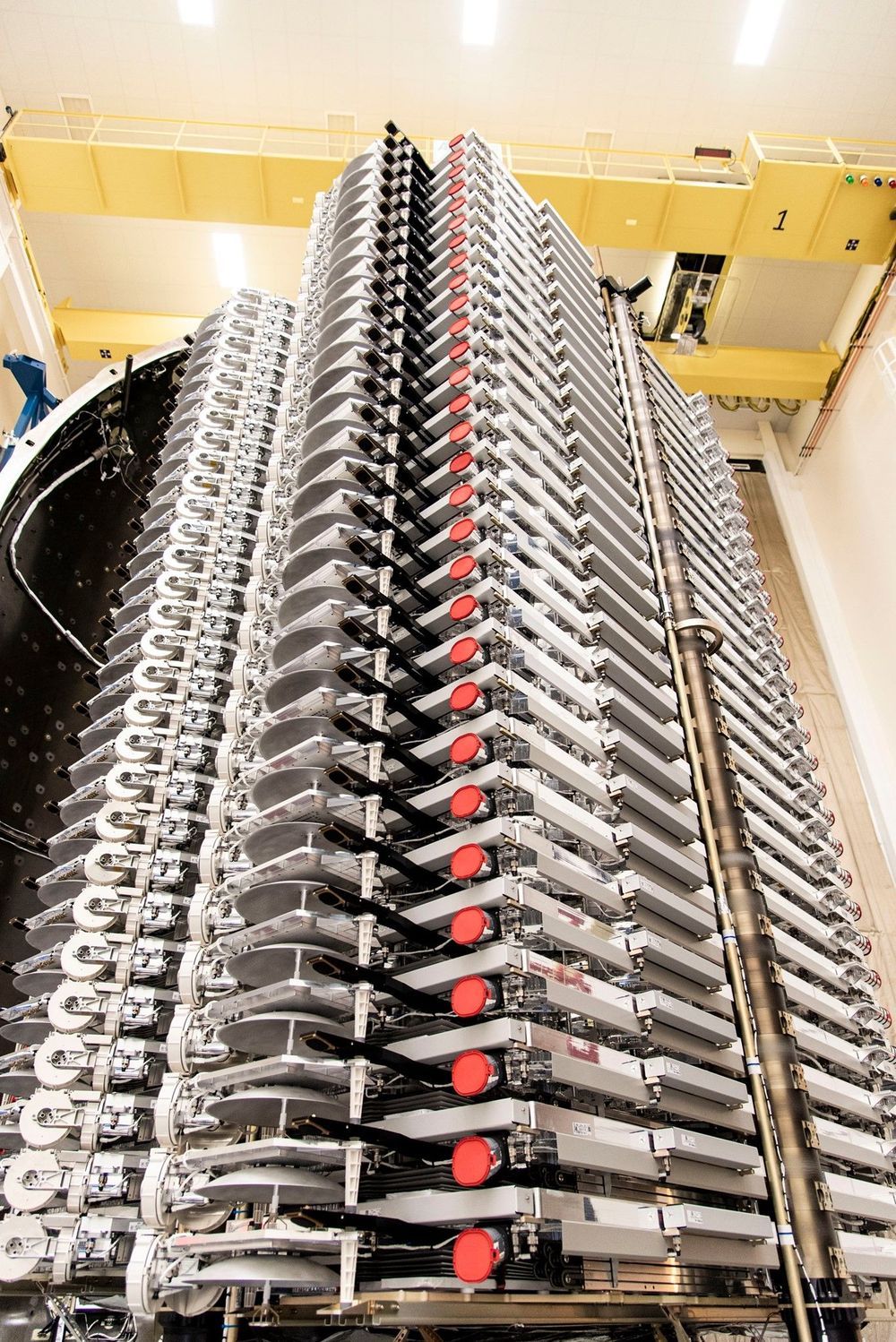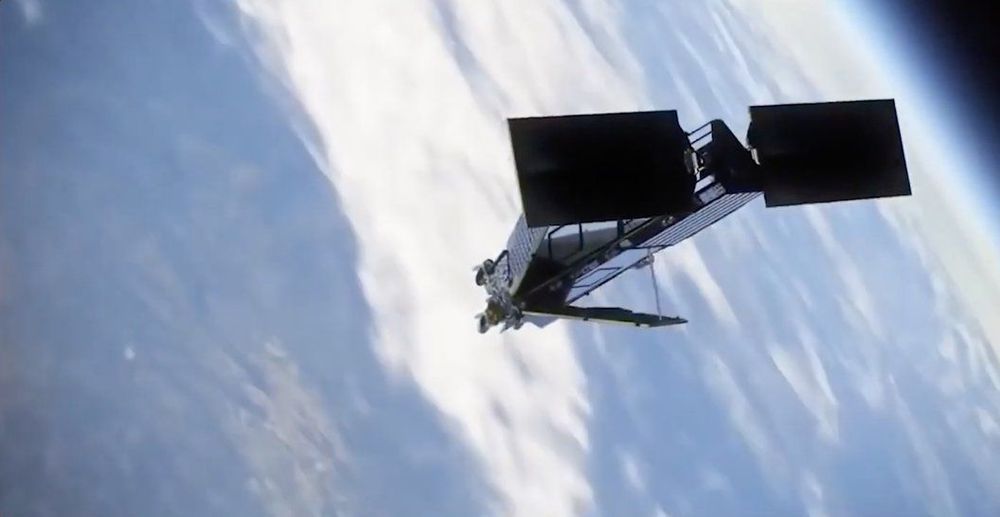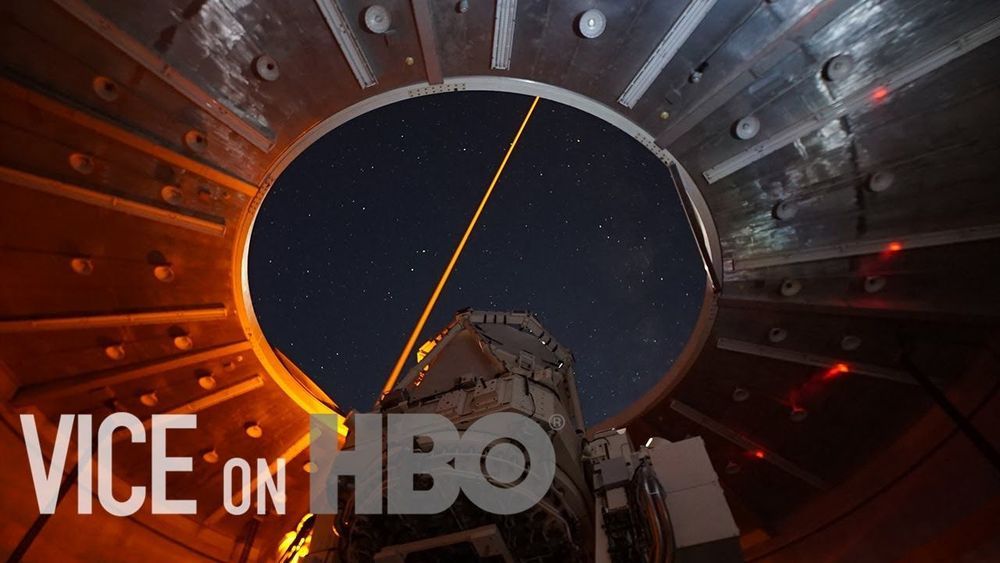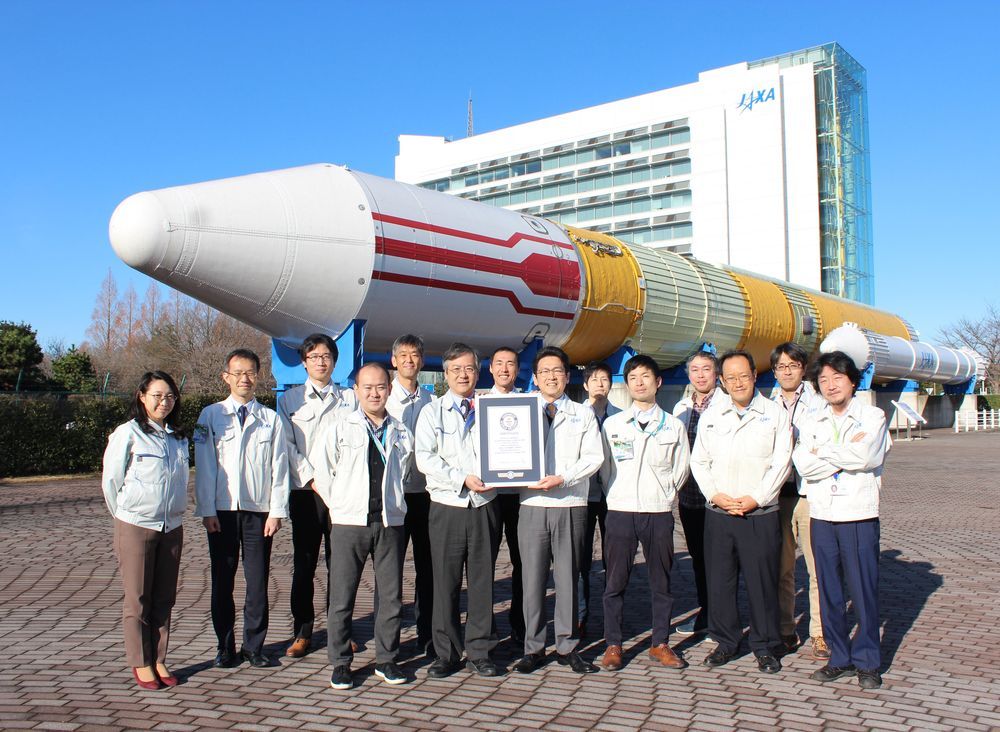Jan 6, 2020
With Monday night launch, SpaceX to become world’s largest satellite operator
Posted by Genevieve Klien in categories: internet, satellites
If all goes to plan, this mission will be just the first of as many as 20 Starlink launches this year as SpaceX builds up a constellation of satellites in low-Earth orbit to provide global Internet service. SpaceX may begin to offer “bumpy” service by the middle of this year to some consumers.
Following this next launch, scheduled for 9:19pm ET Monday (02:19 UTC Tuesday), SpaceX will have a constellation of nearly 180 satellites in low-Earth orbit, each weighing a little more than 220kg. This will make the company simultaneously the world’s largest private satellite operator (eclipsing Planet Labs), while also being the most active private launch company.
Continue reading “With Monday night launch, SpaceX to become world’s largest satellite operator” »

